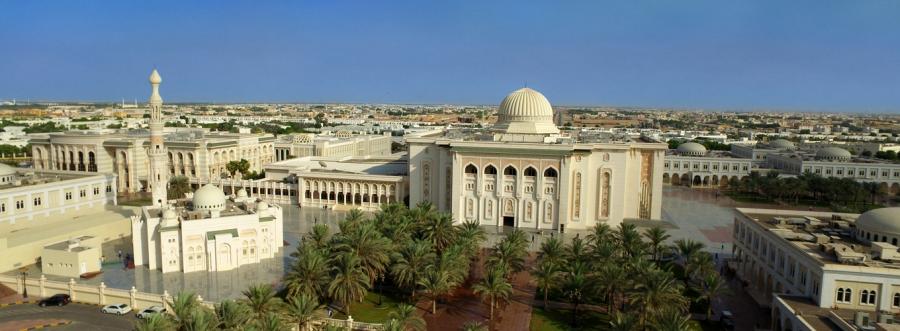- About
- Admissions
- Study at AUS
- Prospective Students
- Bachelor's Degrees
- Master's Degrees
- Doctoral Degrees
- Admission Publications
- International Students
- Contact Admissions
- Grants and Scholarships
- Sponsorship Liaison Services
- Testing Center
- New Undergraduate Student Guide
- New Graduate Student Guide
- File Completion
- New Student Orientation
- Payment Guide
- Executive Education
- Students with Disabilities
- Academics
- Life at AUS
- Research
- Contact Us
- Apply Now
- .

Behavior of Hybrid–Fiber Engineered Cementitious Composites Subjected to Dynamic Tensile Loading and Projectile Impact (December 2011)
The Department of Mechanical Engineering invites you to a seminar on:"Behavior of Hybrid-Fiber Engineered Cementitious Composites Subjected to Dynamic Tensile Loading and Projectile Impact" by Dr. Mohamed Maalej Professor & Vice-Dean College of Engineering University of Sharjah
Abstract:The characteristics of Engineered Cementitious Composites (ECC) subjected to dynamic tensile loading and high velocity projectile impact have been investigated and are presented in this seminar. Hybrid-fiber ECC containing a combination of high modulus steel fibers and relatively low modulus polyethylene fibers was adopted to achieve a desired balance between the ultimate strength and the strain capacity of the material required for impact- and blast-resistant structures. Dynamic uniaxial tensile tests at varying strain rates of 2x10-6 to 0.2 s-1 were carried out and ECC was found to be able to provide much higher enhancement in tensile strength than plain concrete and still be able to maintain pronounced tensile strain-hardening behavior. At higher rates of strain, ECC showed multiple-cracking behavior, similar to that observed from quasi-static tests, with tight crack width of about 0.1mm. The results from high velocity (300-750 m/s) impact tests demonstrated the potential of ECC in providing improved functionality (compared to concrete) as a protective material in aspects such as increased shatter resistance with reduction in damage arising from scabbing, spalling, and energy absorption associated with distributed microcracking.
Biography: Dr. Mohamed Maalej is a Professor in the Department of Civil and Environmental Engineering at the University of Sharjah (UoS). Prior to joining the UoS, he was with the Department of Civil Engineering at the National University of Singapore from 1999 to 2006. He graduated from Colorado State University (BS 1989), the Massachusetts Institute of Technology (MS 1991), and the University of Michigan (PhD 1994). His research interests include micromechanics-based design of ultra-ductile engineering cementitious composites (ECCs) for infrastructural applications; protective retrofit and design; experimental and numerical analysis of protective structures subjected to projectile impact and blast; and fiber-optic sensing for structural health monitoring.
For more information, please contact [email protected]

